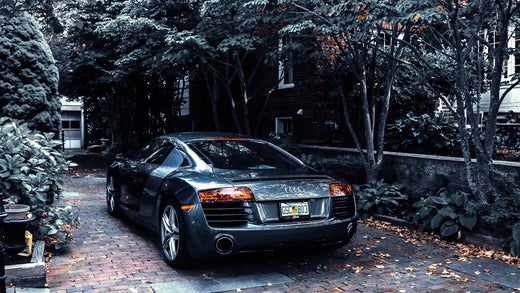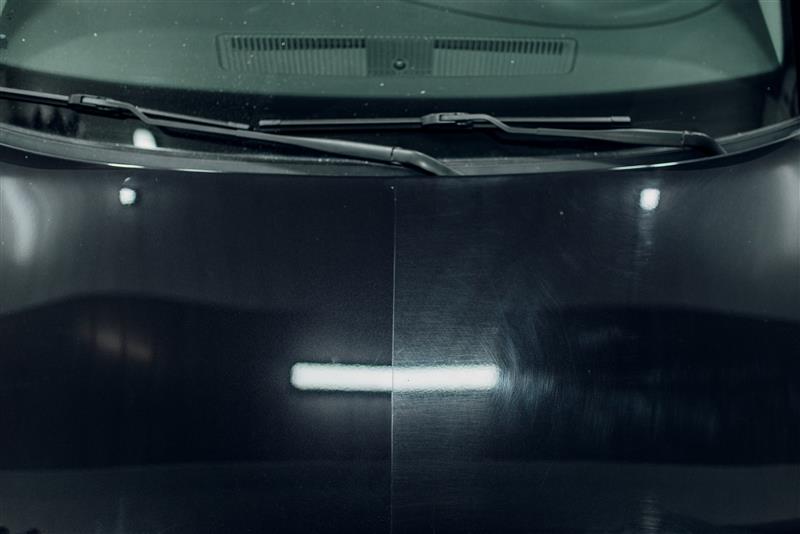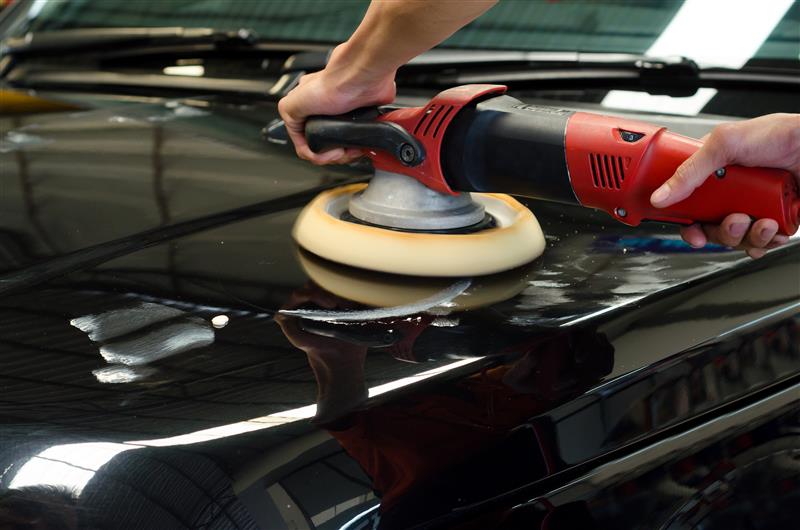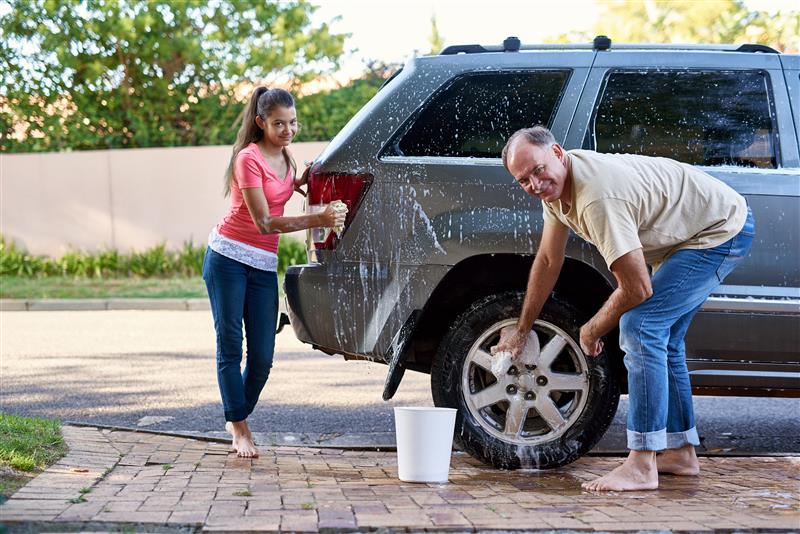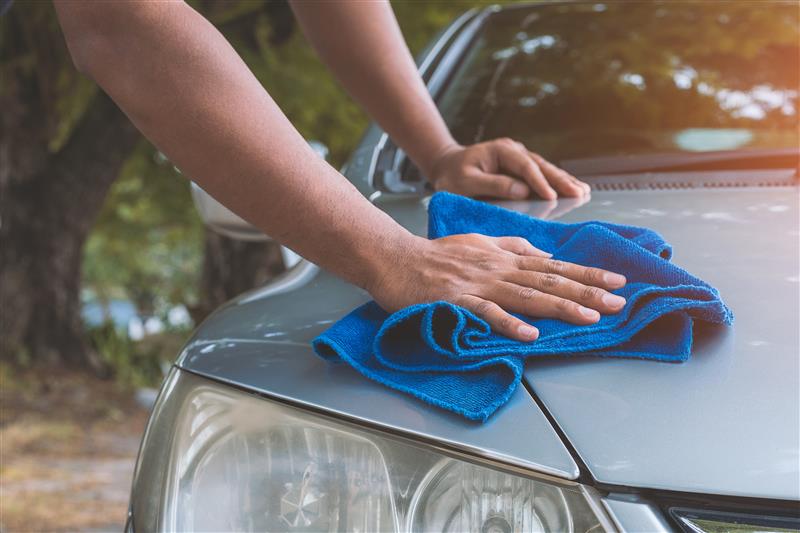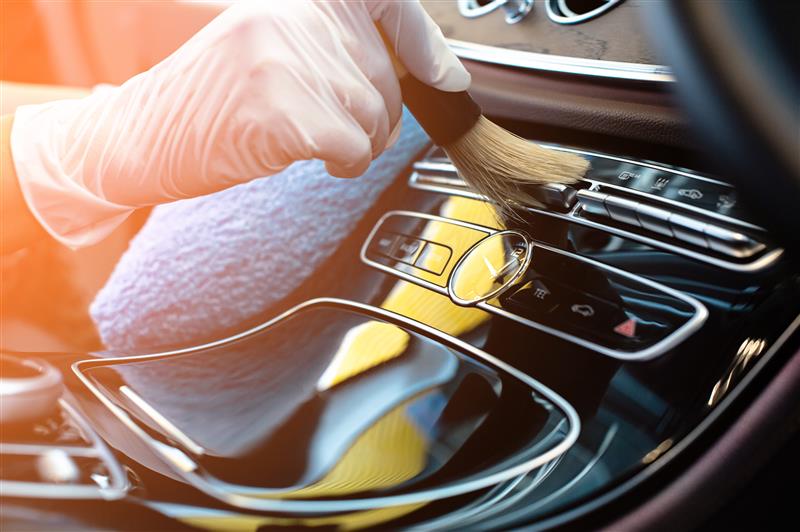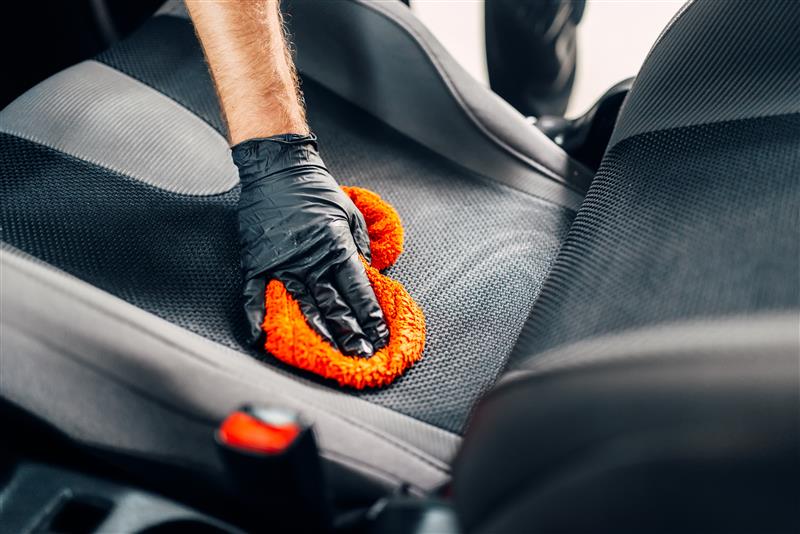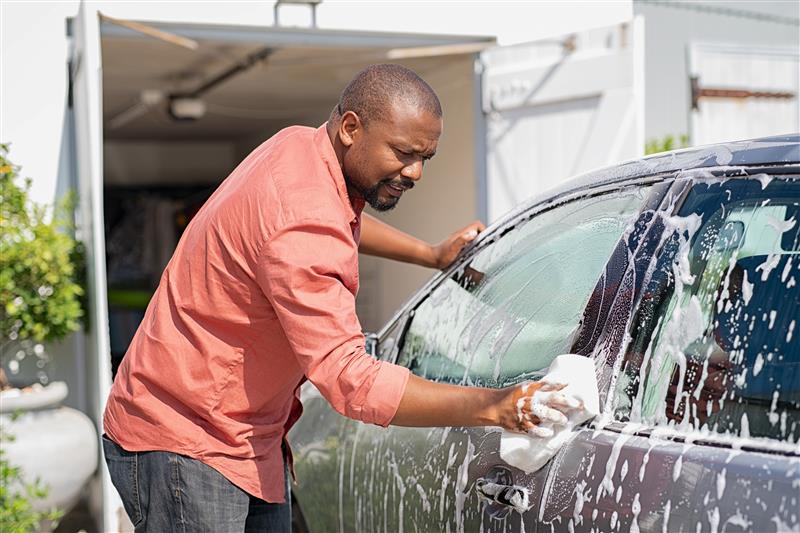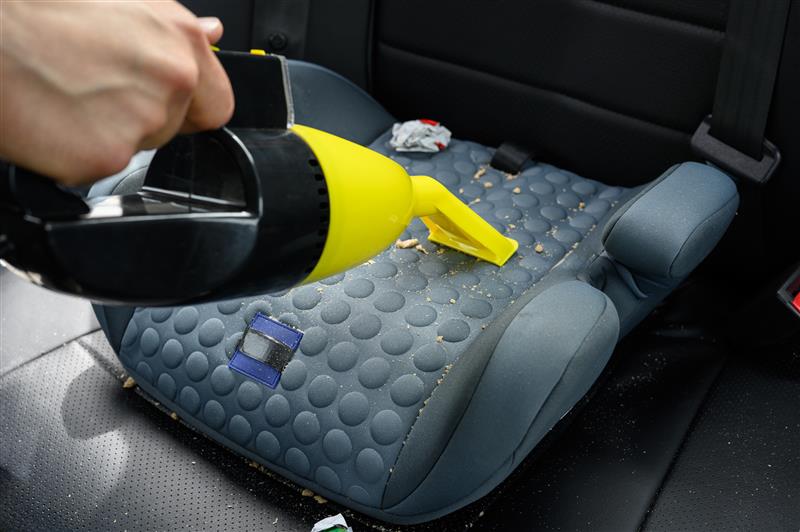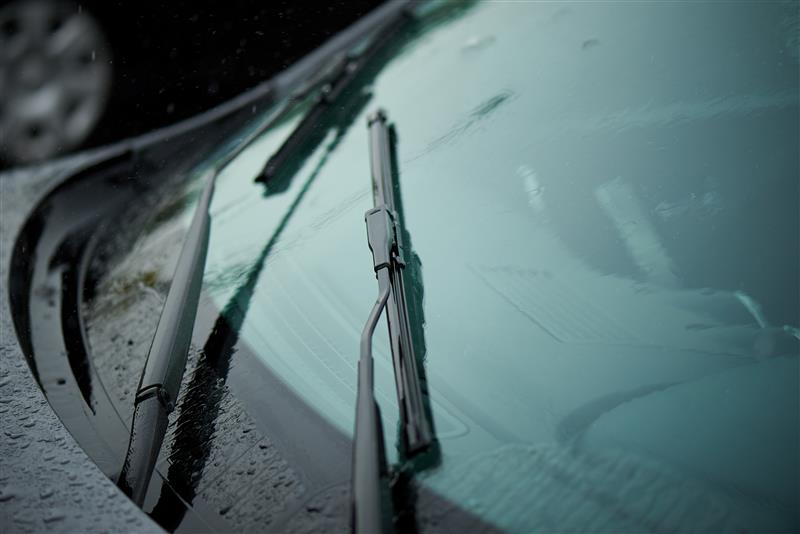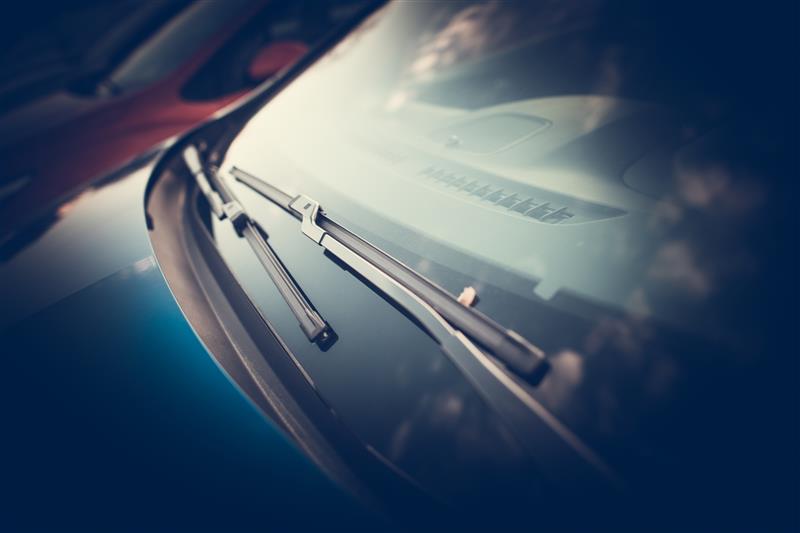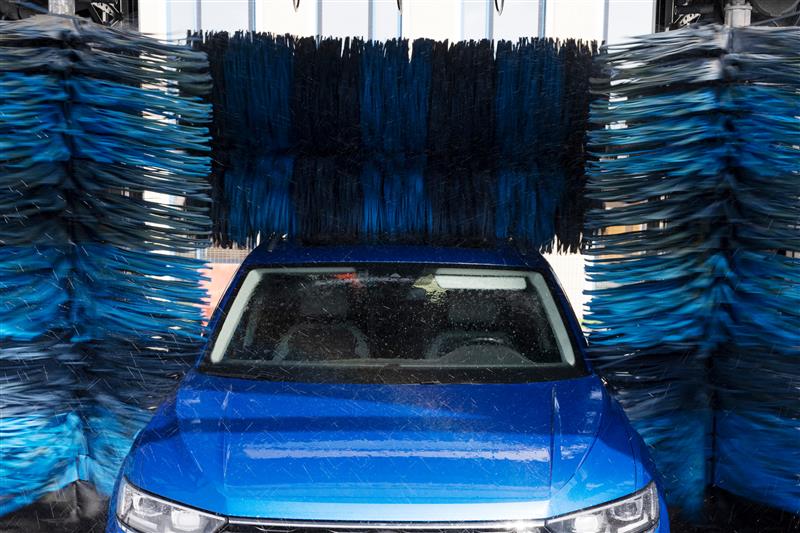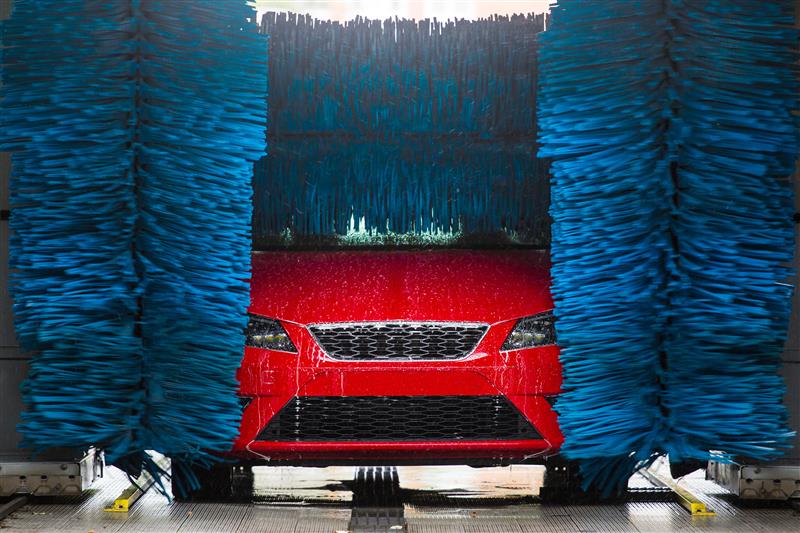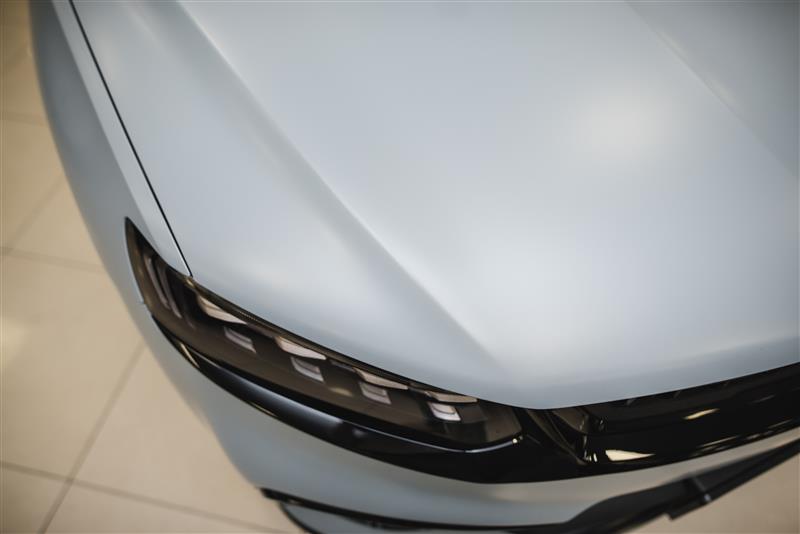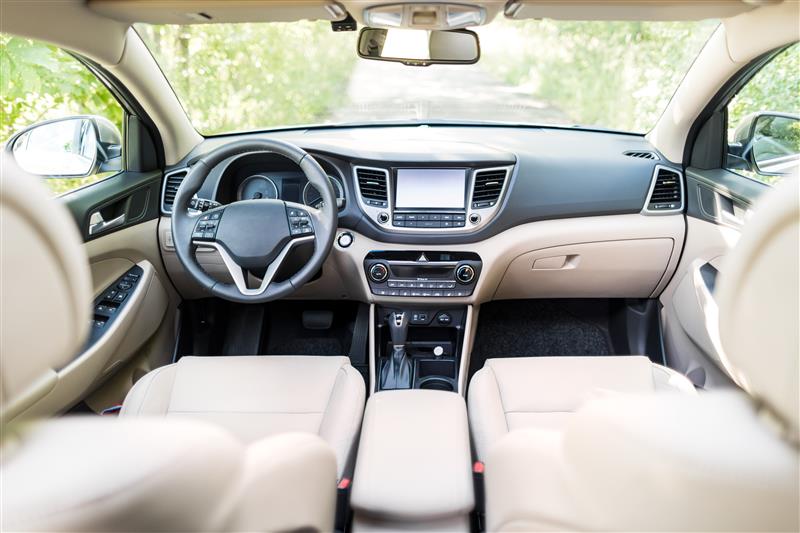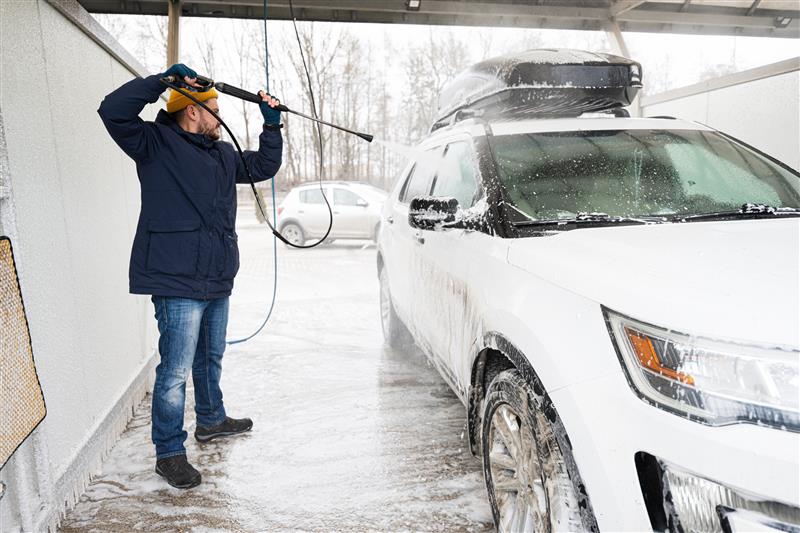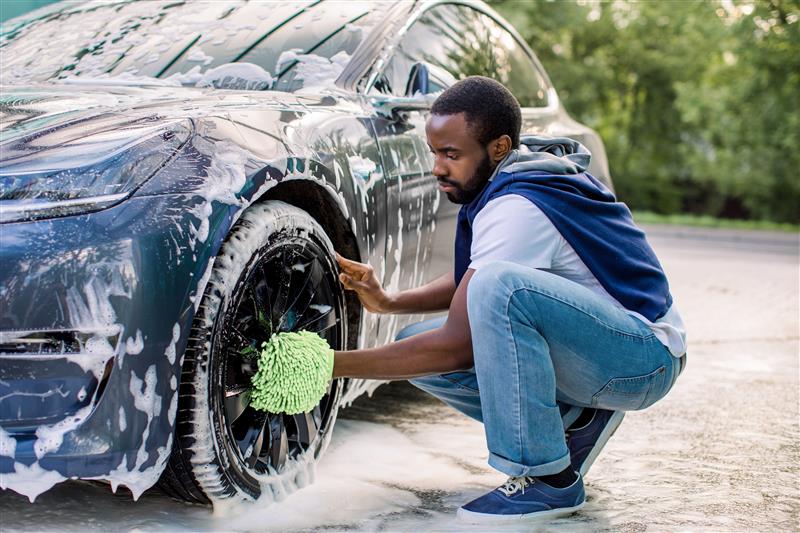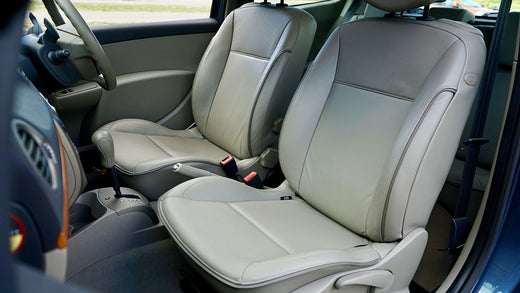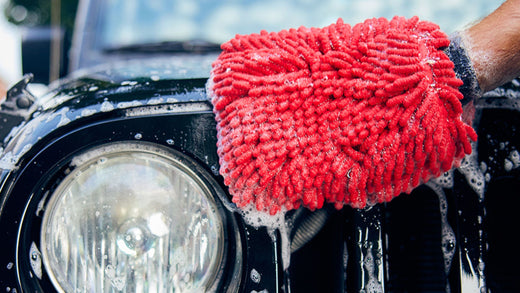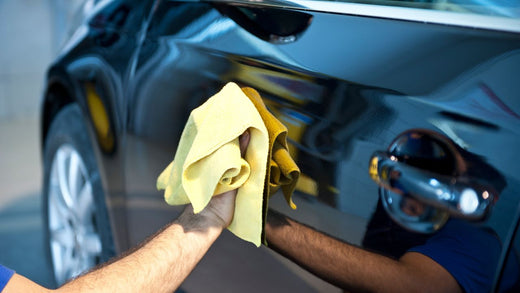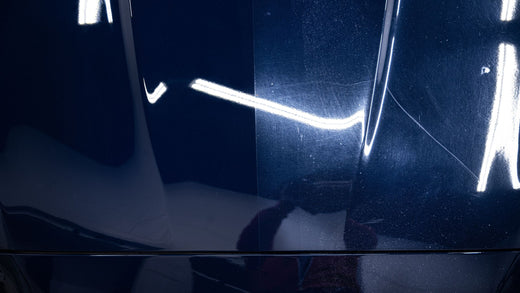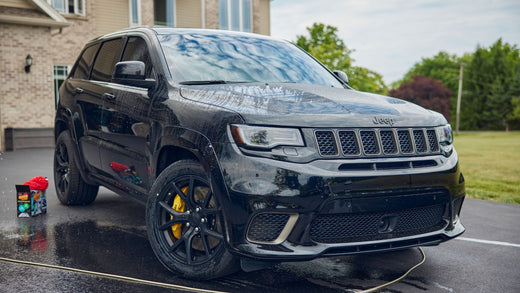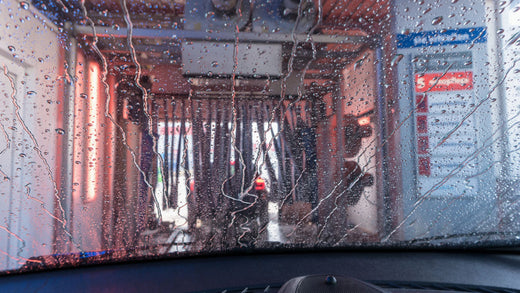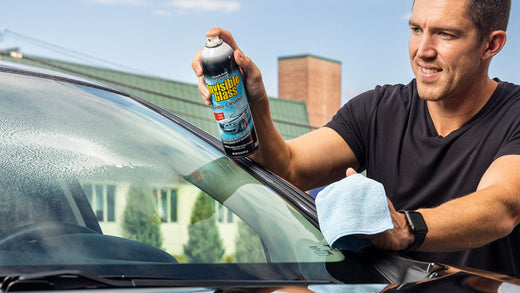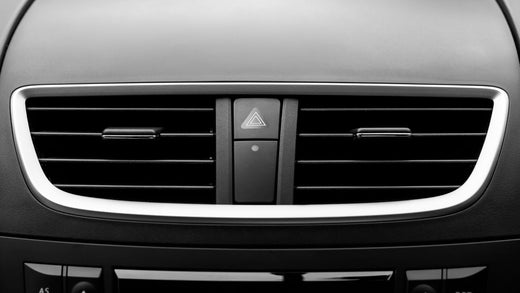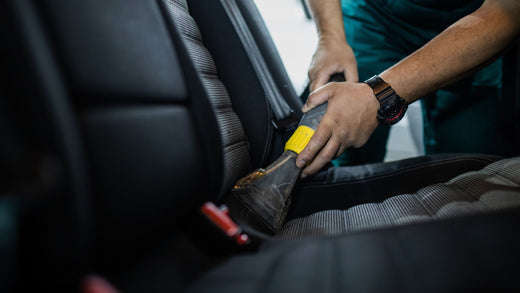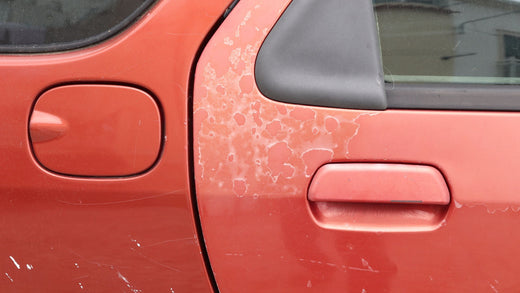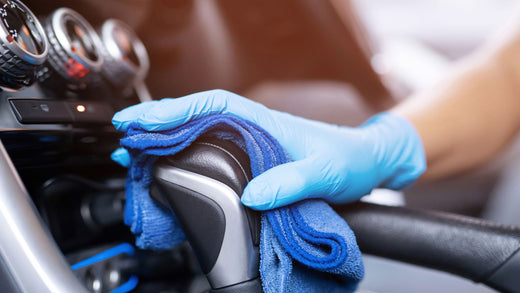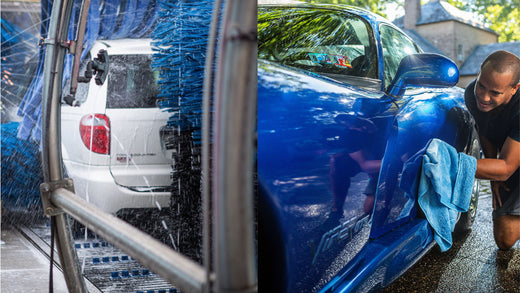Holiday shopping just got easier with free shipping on all orders. No code required.
If you parked under a tree and came back to find sticky sap on your vehicle, you probably want to know how to clean tree sap off your windshield. Using the right tools will ensure that it only takes a few steps.
Follow these basic steps to clean tree sap off your windshield:
- Clean your windshield with a general-use glass cleaner to remove grit and dust that could scratch the glass
- Use a commercial glass stripper to strip off the tree sap and other contaminants
- Protect your windshield against future sap problems with a rain-repellent coating
Detailed sap cleaning process
Step One: Prep your glass
The first step to clean sap off of your windshield is to thoroughly clean the glass with a regular glass cleaner. This will ensure that you remove sand or other gritty particles that could scratch your glass when you deep clean it and remove the sap. You should look for a glass cleaner that doesn’t leave residues—avoid anything that contains soaps, scents, or dyes. Using a cleaner with additives can leave streaks on your glass, creating more work for you. Spray your windshield with a liberal amount of cleaner, then gently wipe it with a clean microfiber cloth.
Step Two: Removing the sap
You are ready use a commercial glass stripper as soon as your windshield is free from anything that could scratch the glass. Apply the compound to your glass. You can spread it across the whole windshield or just on the sap spots. It never hurts to deep clean your whole windshield, but you can just focus on the sap spots if you prefer. Next, scrub off the glass stripper using either the included applicator sponge or an appropriate cleaning tool. Glass stripper products work by removing anything that sticks or adheres to the glass, but without damaging the glass itself. You shouldn’t need to scrub too hard to get the job done.
Step Three: Treating your glass
It’s best to apply a rain-repellent coating to your windshield after you use a glass stripper. Adding the coating will prevent rain from sheeting up on your glass, and that makes your drive a lot safer. Nobody wants to drive blind! Rain repellents come in handy no matter the temperature—whether you’re dealing with water, snow, or ice, adding a coating to your glass will help it shed H2O in any form. On top of that, rain-repellents make it harder for contaminants to stick to your glass. Finishing your sap-cleaning session with some rain repellent will keep your glass cleaner in the long run.
Why is sap hard to clean?
What makes sap so sticky and stubborn? There are several reasons why sap is so hard to clean, but the main one is that it’s very sugary. Trees use sap to transport all the nutrients they need. Just like blood sugar (or insulin), trees use various forms of sugars to give their cells energy. When sap drips on your windshield it’s a lot like someone pouring fruit juice or soda on your vehicle. The water will evaporate and leave behind a mixture of sugar and other organic compounds. That’s the second reason that sap is hard to clean, and also bad for your vehicle’s paint: not only is sap full of sugar, but it’s rich in minerals as well. Those minerals can stay behind just like hard water stains. The mixture of sugars and minerals can be extremely frustrating to clean with regular glass cleaner, so skip the elbow grease and use a glass stripper.
Is tree sap different from tree resin?
There’s a technical difference between tree sap and tree resin. All trees have sap in some form, but coniferous trees (pine, fir, spruce, and other trees that keep their needles all year long) have resin as well as regular sap. Sap is a sugary liquid that provides nutrients to the different parts of the tree. Resin is part of coniferous trees’ defense mechanism. When their bark is broken, they release resin to cover up the damage. Resin starts out much thicker and stickier than sap, and will harden over time until it’s almost solid. In short, sap feeds the tree and resin protects it.
Most people use the term “tree sap” to describe both sap and resin despite their different functions. It just so happens that you can use the same cleaning techniques for both sap and resin, but it’s important to remember that resin will harden over time, so if you notice it on your vehicle you’ll want to act fast to clean it up.
How can you avoid tree sap?
The only way to completely avoid sap is to never park under trees. Sap is fairly watery, but it’s unlikely that any but the strongest winds would blow sap from nearby trees onto your vehicle. Pick a spot far away from trees and you shouldn’t have any problems. That’s easier said than done, of course. Many cities are full of tree-lined streets. While beautiful, they present can the you with a real problem. Even when you do have the choice of parking under the open sky, it might be preferable to park in the shade of a large tree on a hot day. There are two things you can do when you are parking under a tree and concerned about sap.
The first option is to buy a cover. If you’re in a situation where you need to regularly park your car under trees, it may be worth investing in a vehicle cover. Be sure to find an outdoor car cover that’s waterproof, otherwise the sap could seep through the fabric and leave you with a sticky cover and a blemished car.
The other option is to wax your vehicle. This won’t stop sap from getting on your vehicle, but wax does add a layer of protection that makes it a lot easier to clean grime and dirt off. Waxing has several benefits over a cover too, in that you don’t need space to store a cover, and your car will be protected even when it’s driving. The downside of wax is that you will still need to wash or clean your car from time to time.
Which trees drop the most sap?
All trees have sap, but that doesn’t mean they all present the same amount of risk for dirtying your vehicle. The amount of sap that a tree drops depends on the specific variety of the tree. Some of the worst offenders are pine, maple, walnut, and birch. Another thing you should look out for is whether a tree has any cuts or breaks in its branches. Sap escapes any time that the surface of the bark is penetrated. You can think of a tree like a garden hose that’s full of running water; any punctures will cause a leak. If you need to park under a tree, try to find one that doesn’t have any freshly-cut branches or other recent damage. Your car will stay a lot cleaner.
Can tree sap damage windshields?
Don’t worry about getting sap on your windshield—tree sap doesn’t directly damage glass. The only real danger you’ll encounter with sap on your windshield is that it can cause problems for your wiper blades if you turn on your windshield wipers. Provided you don’t do that, sap is just a small annoyance. Sap can reduce visibility, but trees don’t typically drop enough for that to be a safety issue.
Unfortunately, paint is less resilient than glass, and sap can permanently degrade your vehicle’s paint job. The sugars and minerals in sap are acidic and will eat away at the layers of paint on your car. As we mentioned above, keep an eye out for sap on your vehicle’s paint and clean it up as quickly as possible. Your car will look cleaner and your paint will last longer.
When do trees drop the most sap?
Trees can drop sap all year long, but do drop more at certain times of year. Spring and early summer are the worst offenders. Trees grow the most during those months, and deciduous trees are also growing their new leaves during spring. The other time to look out for sap is between seasons. The change in temperatures and weather conditions affects trees and causes them to drop more sap than usual. There’s always a small risk that trees will drop sap on your car, and it will increase when weather is warmer or temperatures are changing.
How to Clean Tree Sap Off Your Windshield
Don’t let sap ruin your vehicle’s good looks or damage your windshield wipers. It’s easy to clean sap off of the glass on your vehicle with these three simple steps:
- Remove any grit and dust from your windshield with a regular cleaning
- Strip off any sap and other contaminants with a commercial glass stripper
- Use wax or a rain repellent to protect your windshield from future wax and sap problems
Follow those steps and you can get your car back to a healthy glow in no time!

